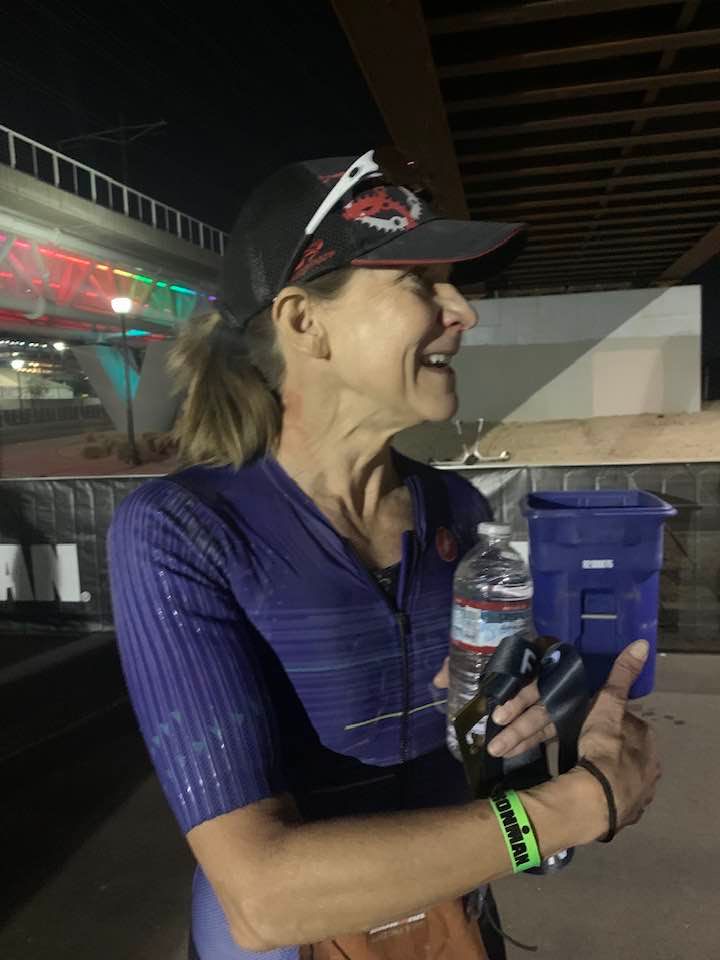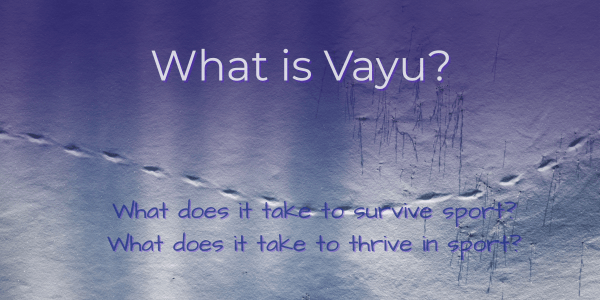Pre-Race Checklist For Your Next Triathlon
·

·
Whether you are an experienced triathlete or just getting started, the first triathlon of the season can be a challenge
- For the triathlete who's been in this game for a while, the first race of the season still requires a change of pace from day to day training. Yes, you've been through it all before but, if you're anything like me and many of our customers, you might have stored away all your tri gear from previous seasons. Now, it's time to bring it out and make sure it's all serviceable. And then, there's always the chance that some of it needs to be replaced so it's best to start getting organized a few days before the race.
- For the newer triathlete, a checklist can help keep you focused and confident that you've got it all covered.
There are plenty of resources out there with really, really, ridiculously detailed checklists and we really, really ridiculously don't need to repeat that for you. The purpose here is to make things simpler for you and get you to the start line with less stress, not more. So, here it is, just the basics.
Visual or Mental Run-Through: Do A Step-by-step Virtual Triathlon
A wise person once told me to just keep it simple and visualize the whole race in your head. Swim, bike and run yourself through it mentally and make note of all the things you used. If you do that, you really don't need a written checklist - you've already got it.
The Swim
Make sure you know the race - it is either a pool swim or a lake swim. If it is a lake swim, it is either wetsuit legal or not. Those factors will determine your needs. Otherwise, here are the basics that I take to a race:
- Wetsuit for a wetsuit legal lake, river or ocean swim.
- Wetsuit anti-chafe lubricant. This stuff can work to prevent chafing around the back of your neck in a wetsuit swim but you can also use it on the run under your arms or other places you might chafe if needed.
- Goggles. And it doesn't hurt to have some anti-fog treatment, just to be on the safe side.
- Swim cap. Most races provide you with one, but there are a few that don't. Plus, if it is an open water swim with colder water than you like, you might want to wear an extra swim cap underneath the one provided. It won't take up much room in your bag.
The Bike
1. Your bike, obviously. And your bike should always have a spare tube kit and possibly a small multi-tool ready to go. You need to be able to be self-sufficient on the bike course. Not all races, especially smaller ones will have technical support on the bike course.2. Race belt (because I always put it on after the swim).
3. Bike shoes. We've been to more than one race where an announcement was made asking if anyone had spare bike shoes for an athlete who had forgotten theirs.
4. Helmet.
5. Pump. You likely don't need one if there is adequate on-site technical support for the race but, again, not all races provide it or they may not have it with sufficient coverage.
The Run
1. Running shoes and socks if you wear socks for triathlon races.
2. Hat. I like to wear a run hat to protect face and eyes from the sun but it can also cover up some pretty bad post-swim cap and post-bike helmet hair. Wearing a run hat won't take you any extra transition time: you can put it on while you head out of T2.
2. Hat. I like to wear a run hat to protect face and eyes from the sun but it can also cover up some pretty bad post-swim cap and post-bike helmet hair. Wearing a run hat won't take you any extra transition time: you can put it on while you head out of T2.
Really, that's all you really, really need in order to race. OK, you've got this! You will get here:
Nutrition
Make sure you know how many calories you need and plan to take in during the race. Then sort out what the source of those calories are going to be and how you are going to access them during the race. Sometimes, you can live off the land (get by with just what is on the course) but you should always have a plan. Many smaller races have little if any nutrition or hydration stations on a bike course but will have something on the run. And you may have your own preferred nutrition and hydration sources that won't be made available to you from race resources.
Extras
The list, so far, includes just the essentials. If you've got all this covered, you can race. You may have additional requirements of your own but the race will still go on. Here are some of my own race essentials over and above the basics:
1. Sunglasses.
Always! I never ride without them. They are obviously your friend in sunny conditions but they can also shield you from dust, wind, bugs and rain.
2. Sunscreen.
This is another "Always" for me. Some race director's ask that you not apply sunscreen before body-marking for optimum staying power of their markings but I've never worried about that so much. I put on sunscreen when the timing works best for me and I've never had a number fade to the point where it wasn't legible. Sunscreen is your #1 step in protecting your skin from sun damage. Do it! Now, many races use temporary tattoos in lieu of felt markers so go ahead and apply your sunscreen when you can. And re-apply it when you can, of course.
3. Transition bag.
It's a nice tidy way to carry all the gear you need without being too bulky and take up too much space. I've seen recommendations that people load all their gear in a big plastic tub and make sure you carry that with you everywhere. Seriously, have you ever tried to manoeuver your bike and the tub all in one trip? Some races won't allow the bins into transition so why not keep it clean and simple? And I've heard quietly that bringing along a big plastic tub quietly screams "Newbie" which is something I'd rather avoid.
4. Towel or mat to use in transition to delineate your space.
I keep it small and distinctive by using an old towel that was at one time bright an unique. Just enough room to layout my shoes and maybe run hat. Keep it to 2x3 feet, maximum. At bigger races like an Ironman, you won't keep your gear at your bike so this is one extra that you can skip. Races like that, and local half ironman race, Great White North is one such race), will provide you with bags to put your gear in for each transition.
5. Post race gear. Let's face it: if you've just swam, biked and ran in the same gear, the laundry is the next destination for that kit. Or, you might have been racing on a cooler day which was just fine until you crossed the finish line. Once you cross the finish line and start to cool down from your epic run, the reality of that cooler weather might send you looking for some layers to throw on. I like to pack something weather appropriate for post-race, but to get out of sweaty gear and also to get or stay warm.
Those are the basics. Feel free to add your own essentials and try, at all times, to keep it simple enough that you can still enjoy the whole experience. Here's the list in a simple image you can keep.




Comments